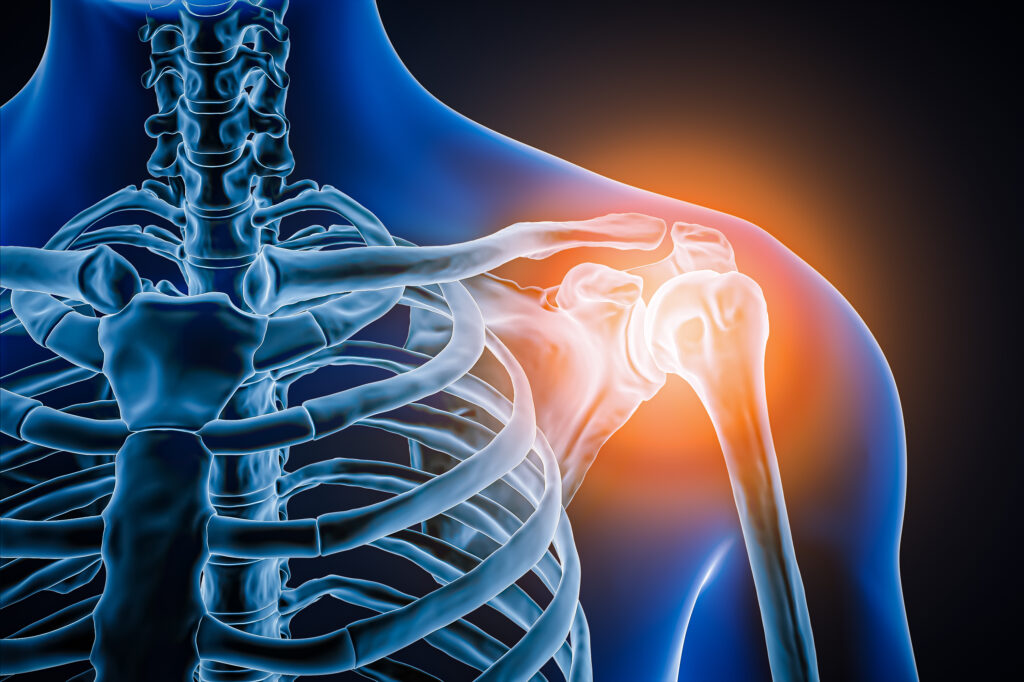The Latarjet procedure (LP) is a surgical technique commonly employed to stabilize the shoulder in cases of anterior shoulder instability. It can be executed as a primary stabilization procedure, known as primary LP, or as a salvage procedure when previous shoulder stabilization efforts have failed, referred to as salvage LP. Despite its widespread use, the comparative outcomes of primary LP versus salvage LP for managing anterior shoulder instability remain an area of ongoing investigation.
Recent studies have sought to clarify whether one approach offers superior results over the other, addressing a significant gap in orthopedic literature. Understanding the effectiveness of these procedures is crucial for both surgeons and patients alike, as it can directly influence treatment decisions and post-operative expectations.
The research conducted by Chunsen Zhang, Songyun Yang, Long Pang, Tao Li, Yinghao Li, Haoyuan Wang, Yizhou Huang, and Xin Tang from various institutions, including the Sports Medicine Center and the Department of Orthopedics at West China Hospital, Sichuan University, provides valuable insights into this pressing question. Their findings contribute to the body of knowledge that informs clinical practice regarding shoulder stabilization techniques.
As the medical community continues to debate the optimal approach to treating anterior shoulder instability, the importance of high-quality research cannot be overstated. The ongoing exploration of primary versus salvage Latarjet procedures will undoubtedly shape future standards of care and improve patient outcomes in the field of orthopedic surgery. This highlights the need for continued research in this area to ensure that practitioners can provide the best possible care to their patients.


